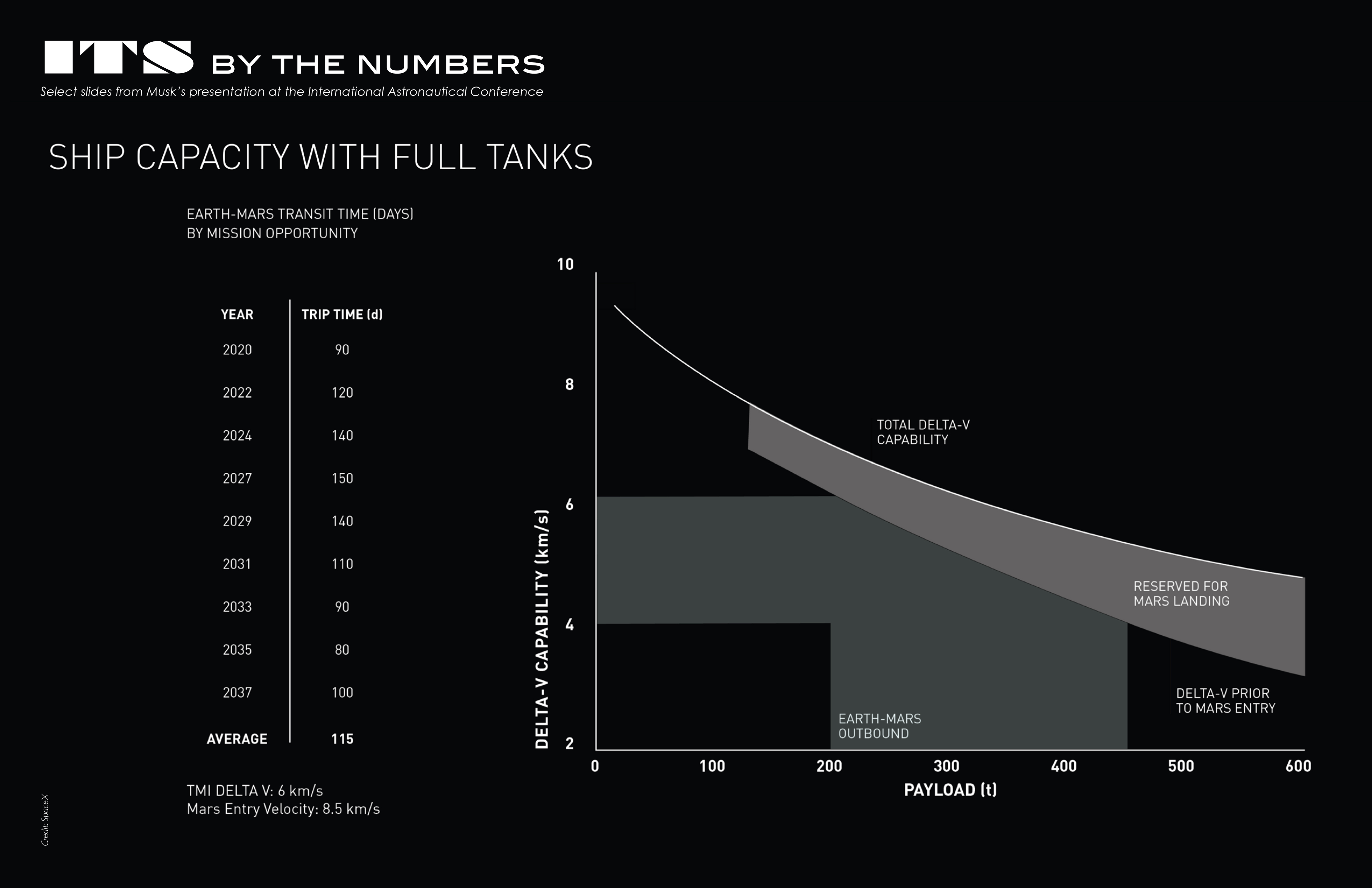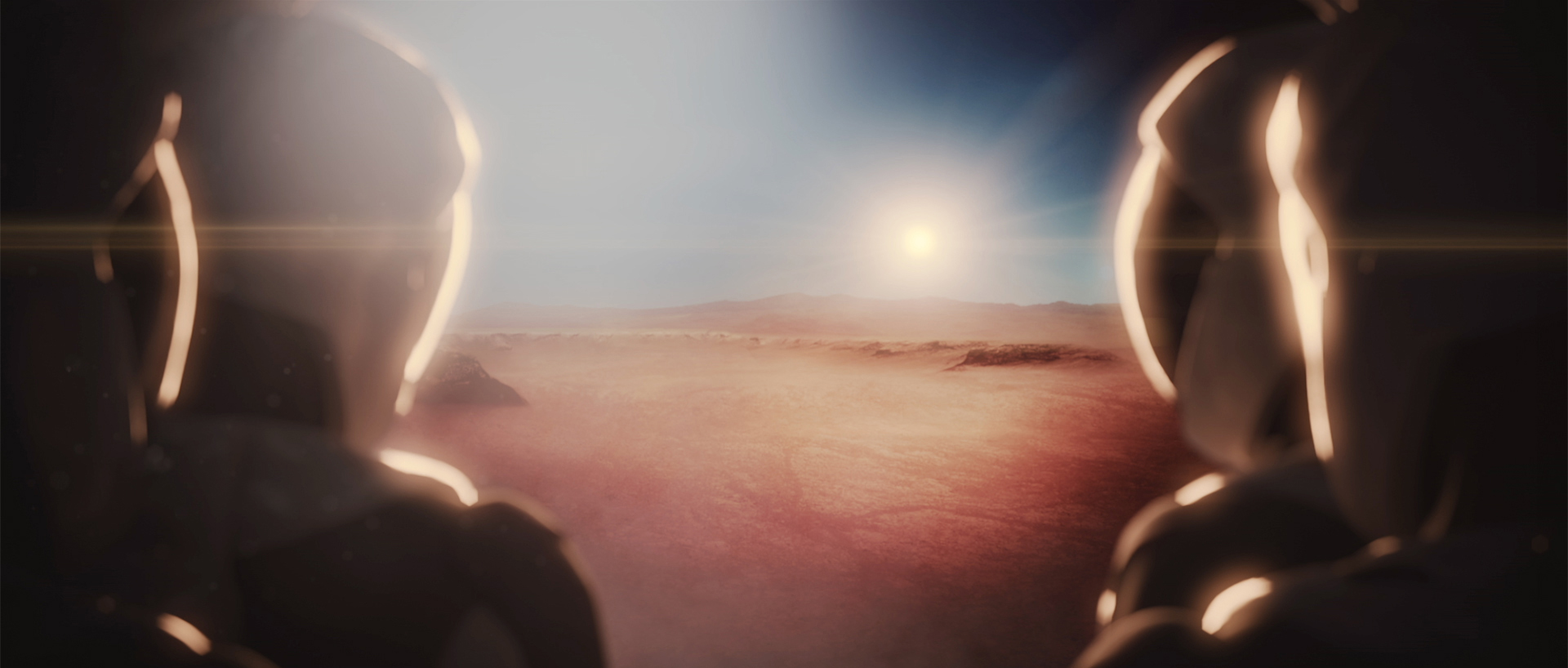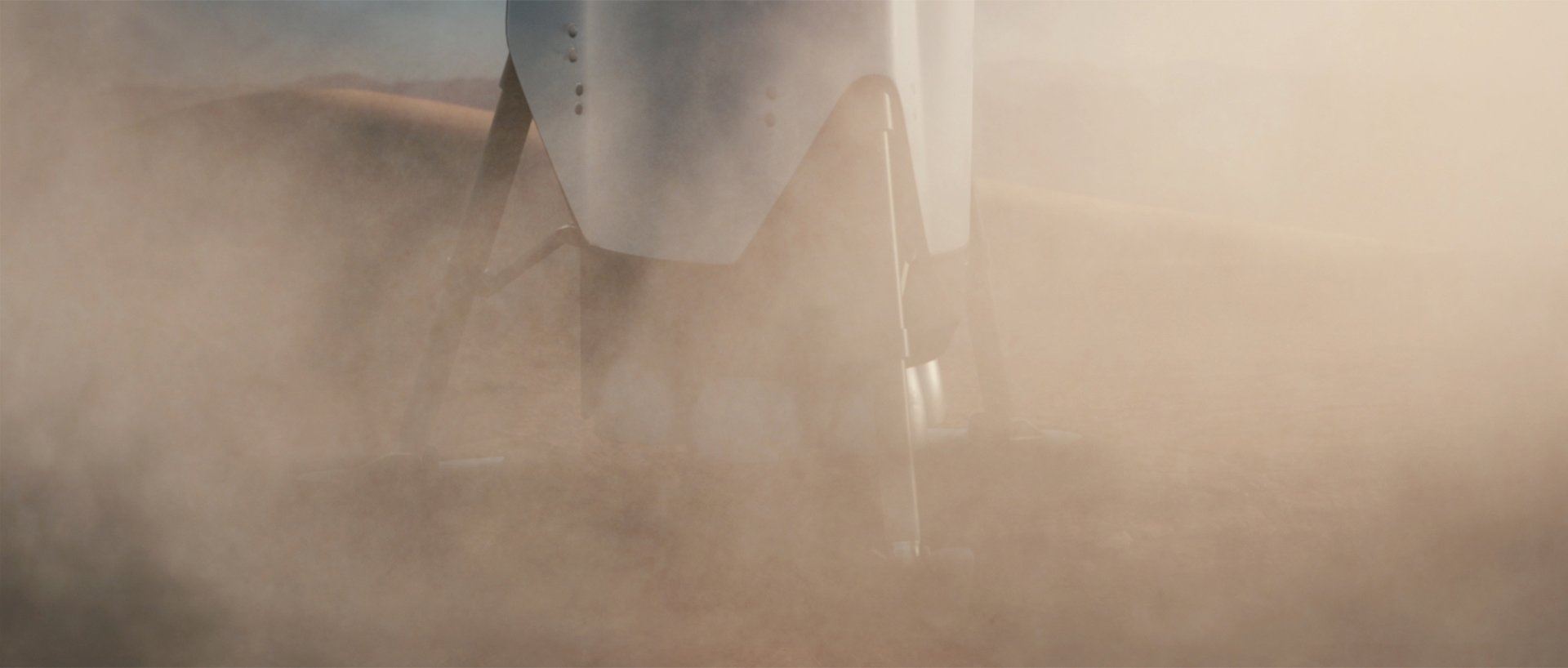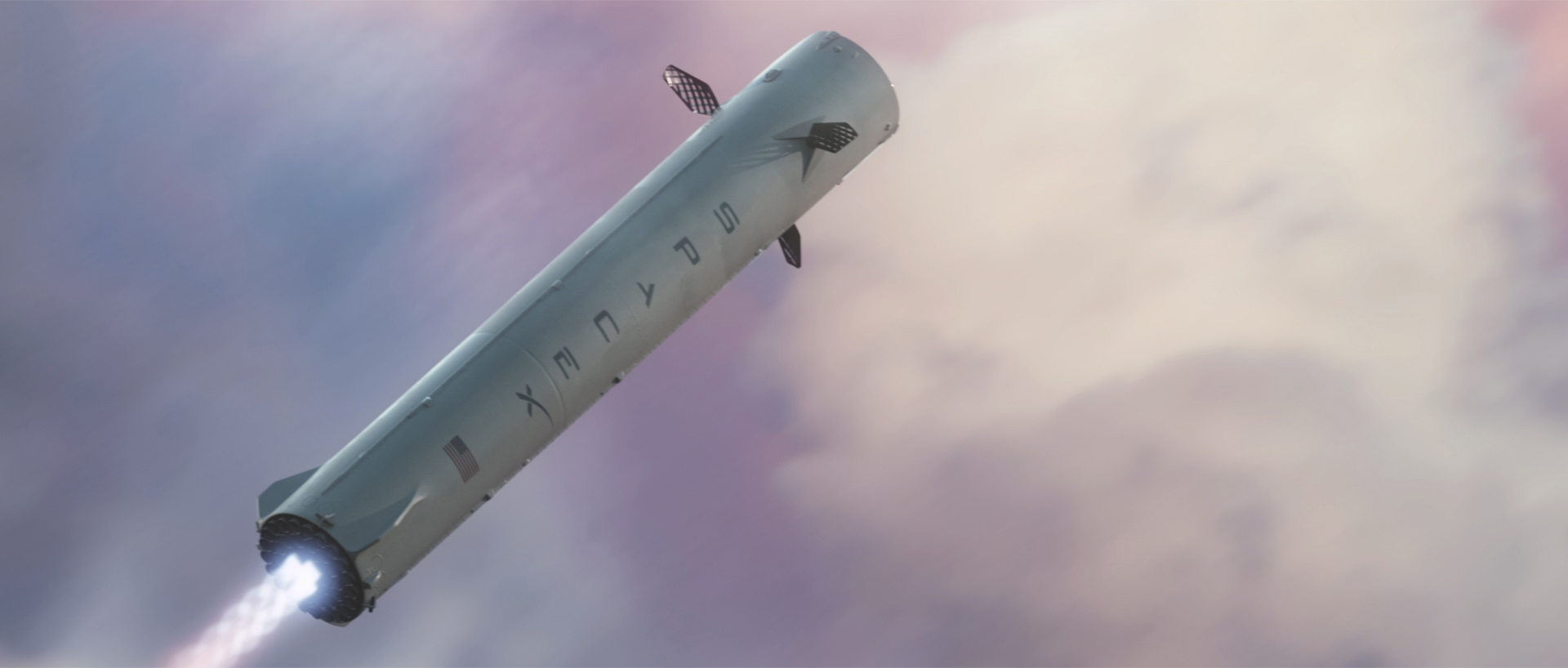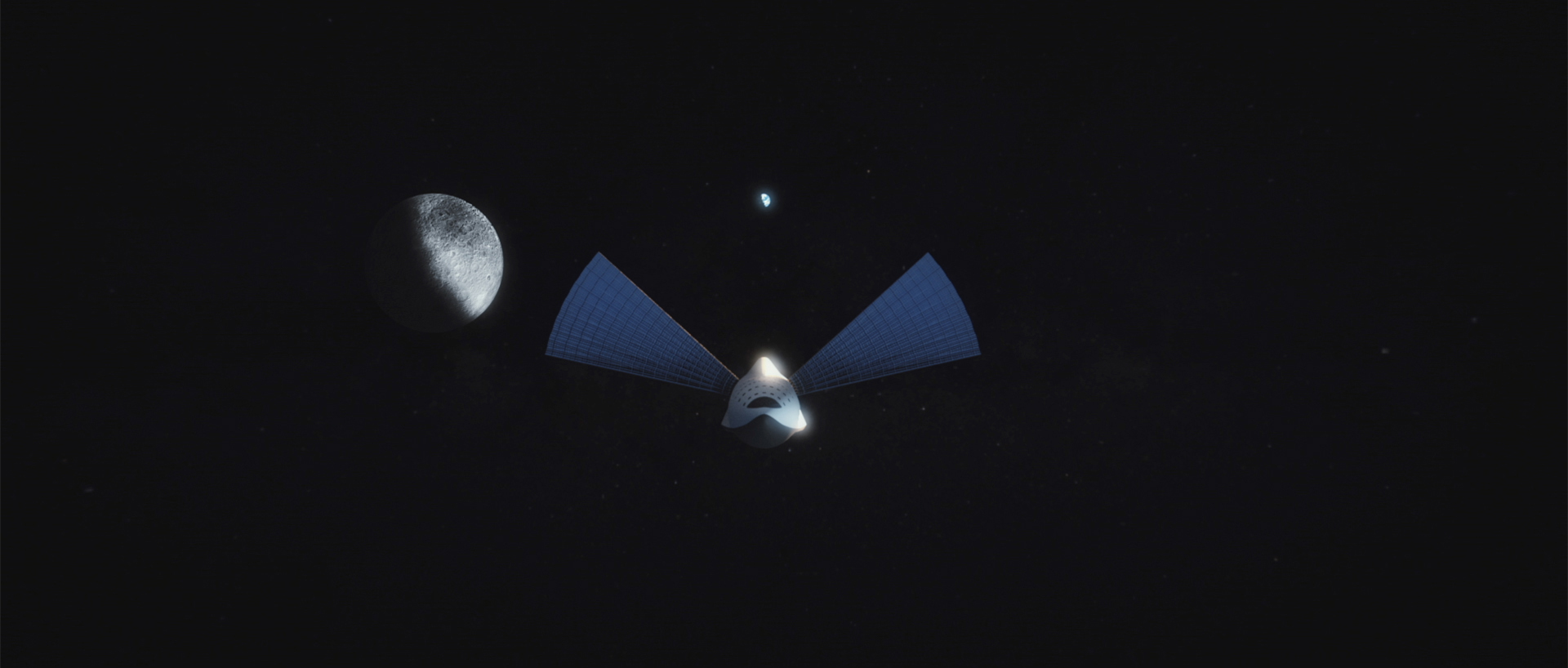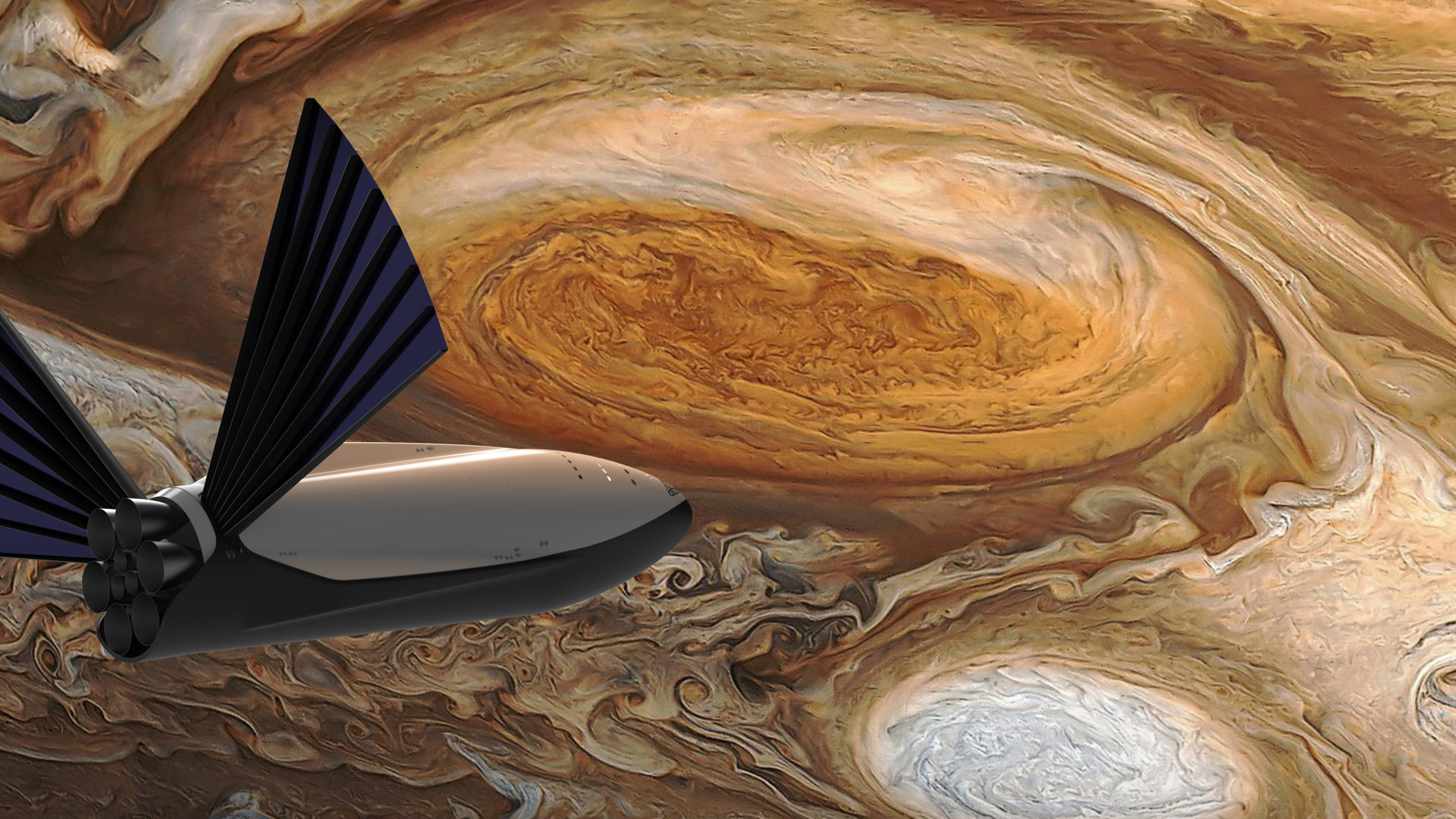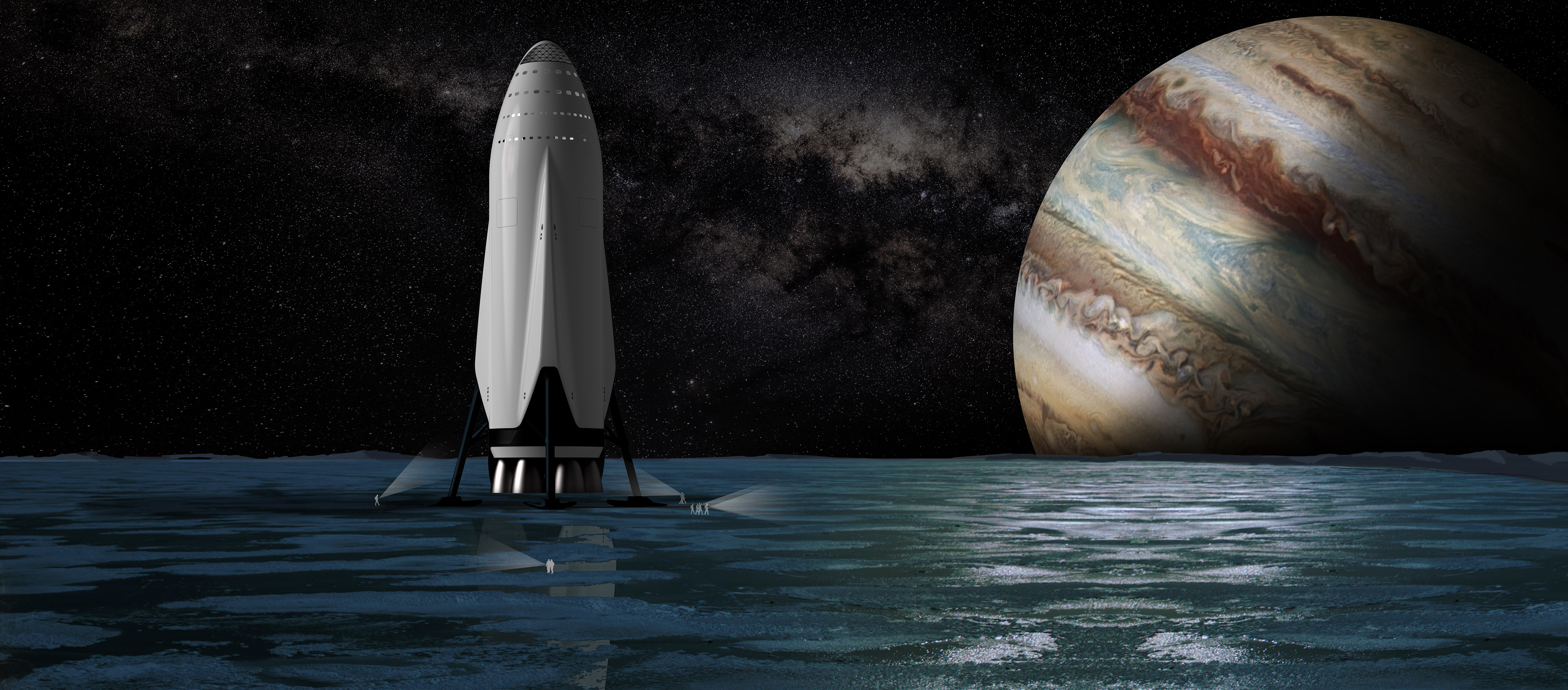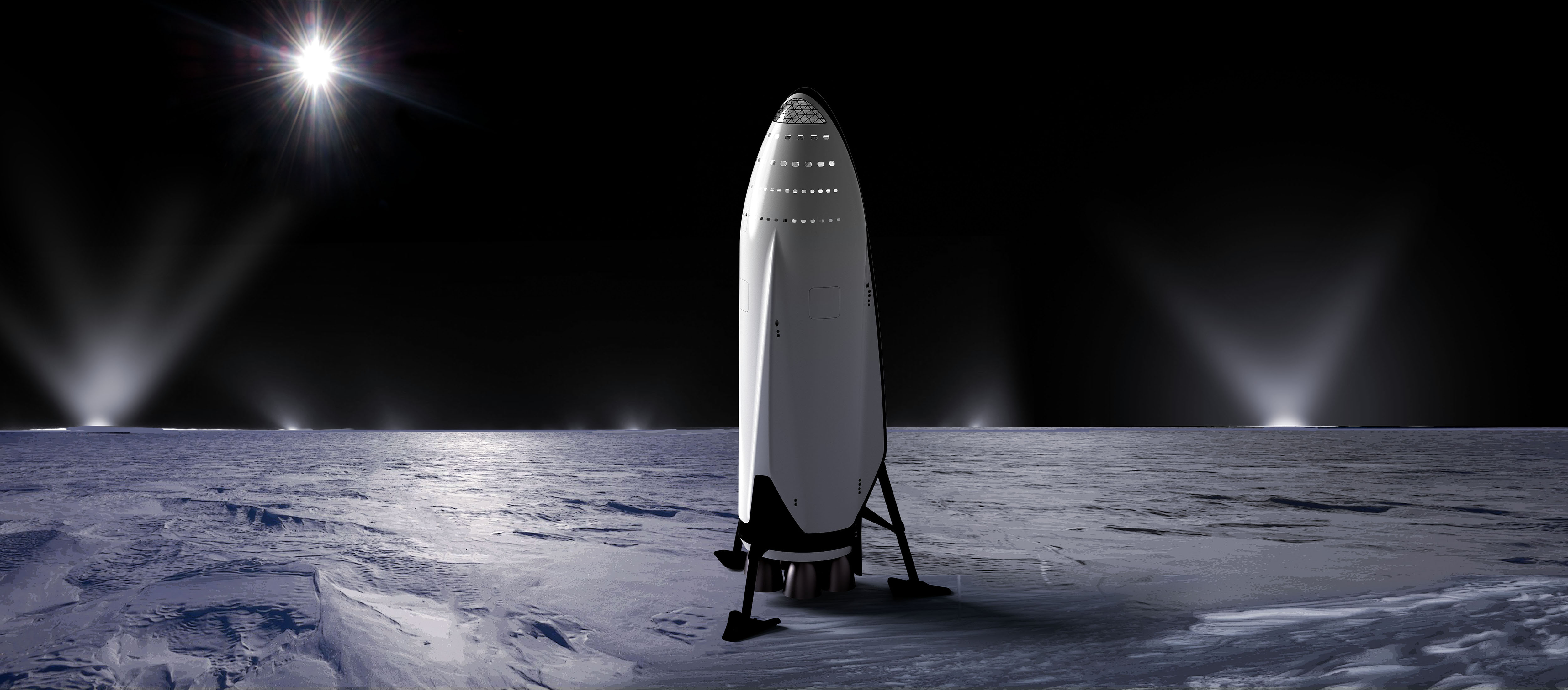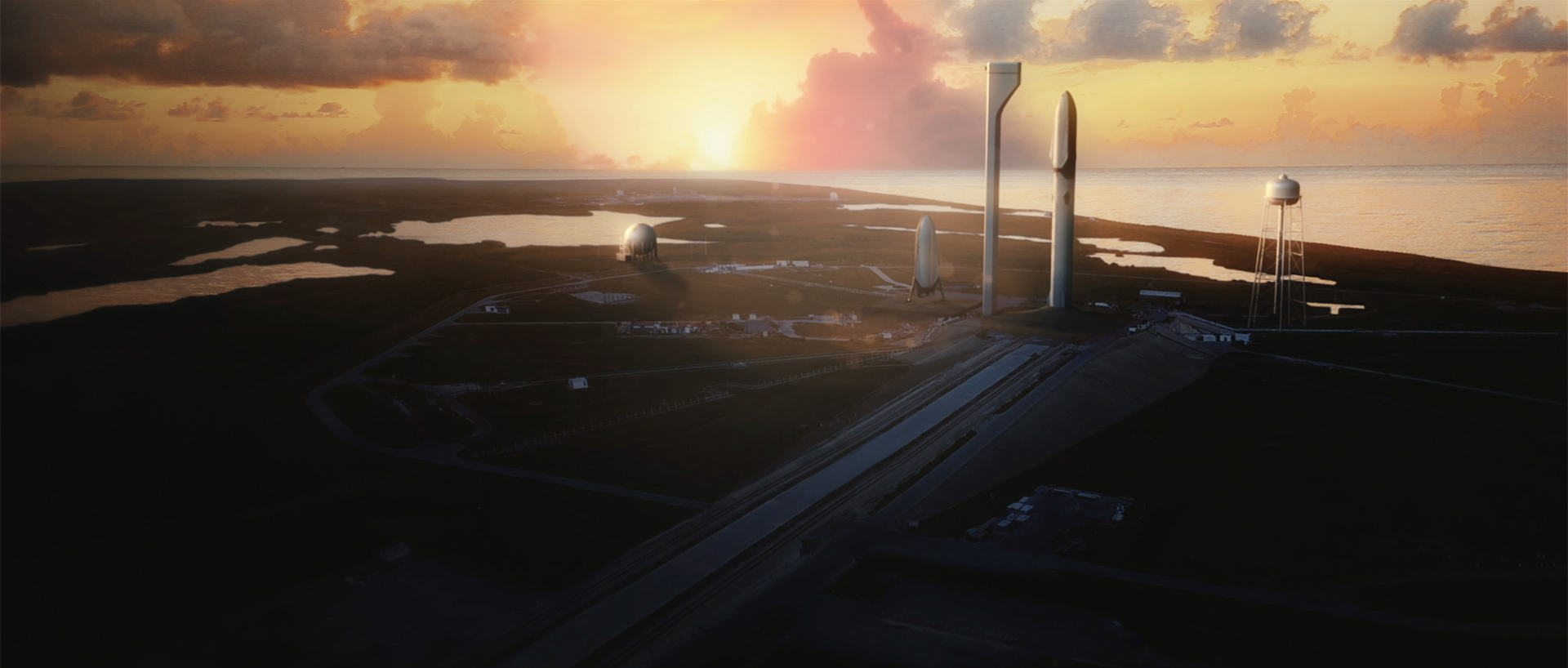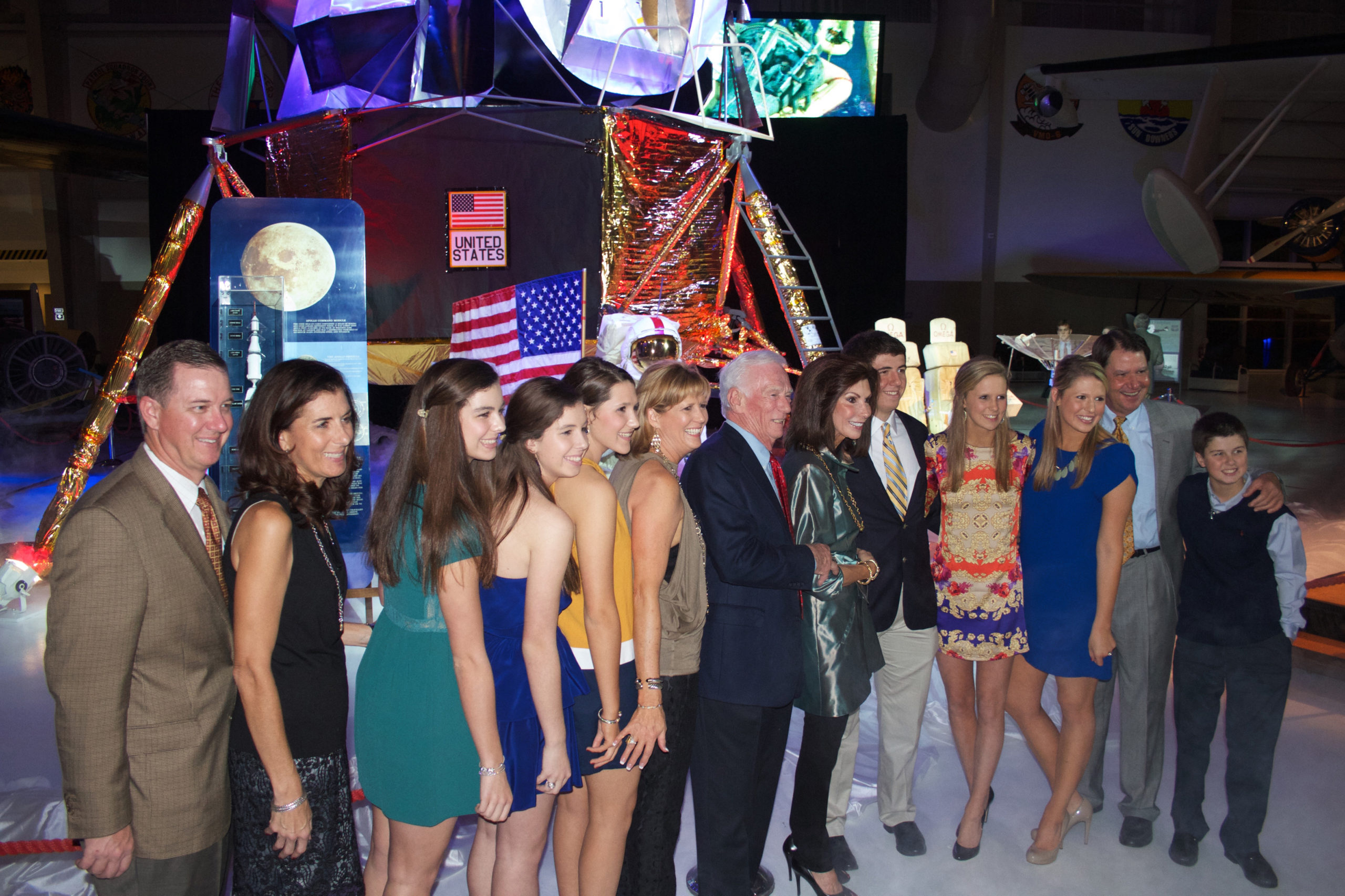It has long been known that SpaceX’s long term goal is the colonization of Mars. Everyone from the engineers to their CEO, Elon Musk, dreams of a world away from home. In September of 2016, we got a glimpse of how SpaceX is going to get there. At last, the long rumored Interplanetary Transport System was finally announced during the 67th International Astronautical Conference in Guadalajara, Mexico.
During his keynote address, “Making Humans a Multiplanetary Species,” Musk revealed the first official details of SpaceX’s next big leap in technology: the Interplanetary Transport System, or ITS for short. It’s difficult to oversimplify it as a system because, as Musk noted, “every-thing is a system, including your dog.” SpaceX plans on travelling to Mars, and hopefully other planets, using four pieces of hardware: the Booster, the Interplanetary Spaceship, the Refueling Craft and the Propellant Production Plant. SpaceX has not released any details on the Propellant Production Plant; however the chemical process is well documented and relatively simple.
The pieces of launch hardware (the booster and two spaceships) will be constructed using a specialized carbon fiber designed to be non-interactive with the propellant inside. This will cut down on weight as it will allow the superstructure and the tank to all be one piece.
How will the whole system actually work, and how will it all fit together? Here’s how the brilliance and ingenuity of SpaceX come into play.
First the passengers and supplies can be loaded onto the Interplanetary Spacecraft, which will sit atop the Booster. At the base of the Booster are 42 Raptor engines – the next generation of SpaceX’s engines – each contributing 3,000 kilo-newtons (7,000 pounds) of liftoff force. As the rocket burns through its cryogenic liquid methane and oxygen fuel, the booster will have a total liftoff thrust of 128 mega-newtons (28,000,000 pounds). That’s more than three times the power of the Saturn V, whose five F-1 engines provided a liftoff force of only 35 mega-newtons (7,800,000 pounds).
Simply because of the ITS’s sheer size, the Saturn V is the only vehicle that has ever operated that’s even remotely comparable, and still, it’s a stretch to draw any connections. The launch height of the ITS is 122 meters, compared to the 111 meters of the Saturn V. Additionally, the Saturn V was designed as a single use vehicle, delivering it’s payload into orbit using an expendable three stage setup, meaning that after each use the hardware is simply dropped into the ocean. On the other hand, the Interplanetary Transportation System is a two stage vehicle and is designed to be fully reusable.
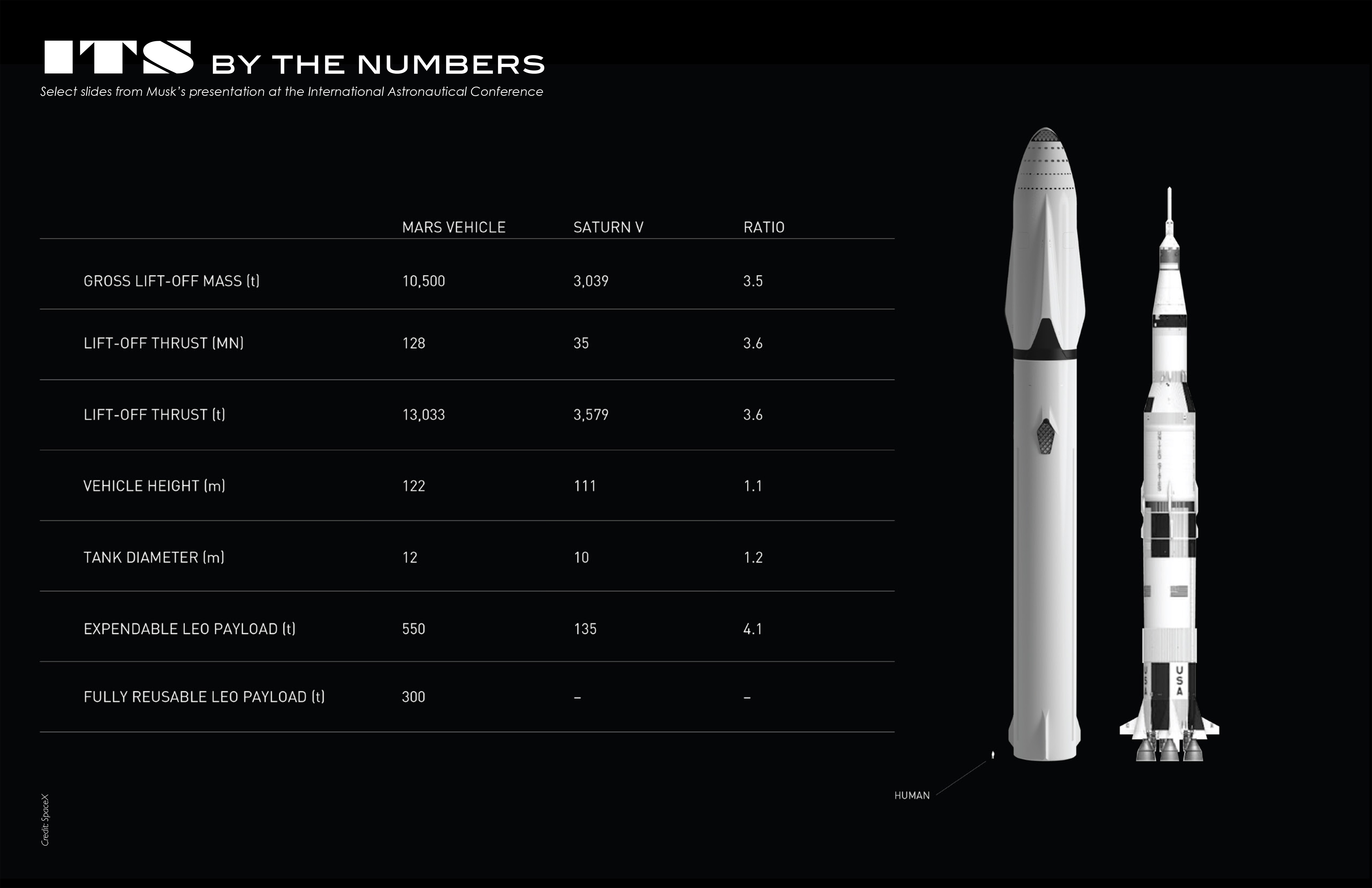
Once the Booster has delivered the Interplanetary Spacecraft to low Earth orbit, it will turn around and begin its descent back to Earth. Utilizing the method that SpaceX has become so famous for, the Booster will use its grid fins and engines to land back near the launch platform. At this point, the Booster can be refueled and the Refueling Craft is loaded on top for its next departure.
The Refueling Craft is the key to the system, compared to a Saturn V, for example, which used a three-stage rocket that maximized the payload, but increased both the cost and complexity of the mission. Refueling means that you don’t have to bring as much mass with you in the first place, as you can simply launch the craft multiple times, which reduces mission complexity and vehicle size. Not refueling in orbit would require building a three-stage rocket at five to 10 times the size and cost.
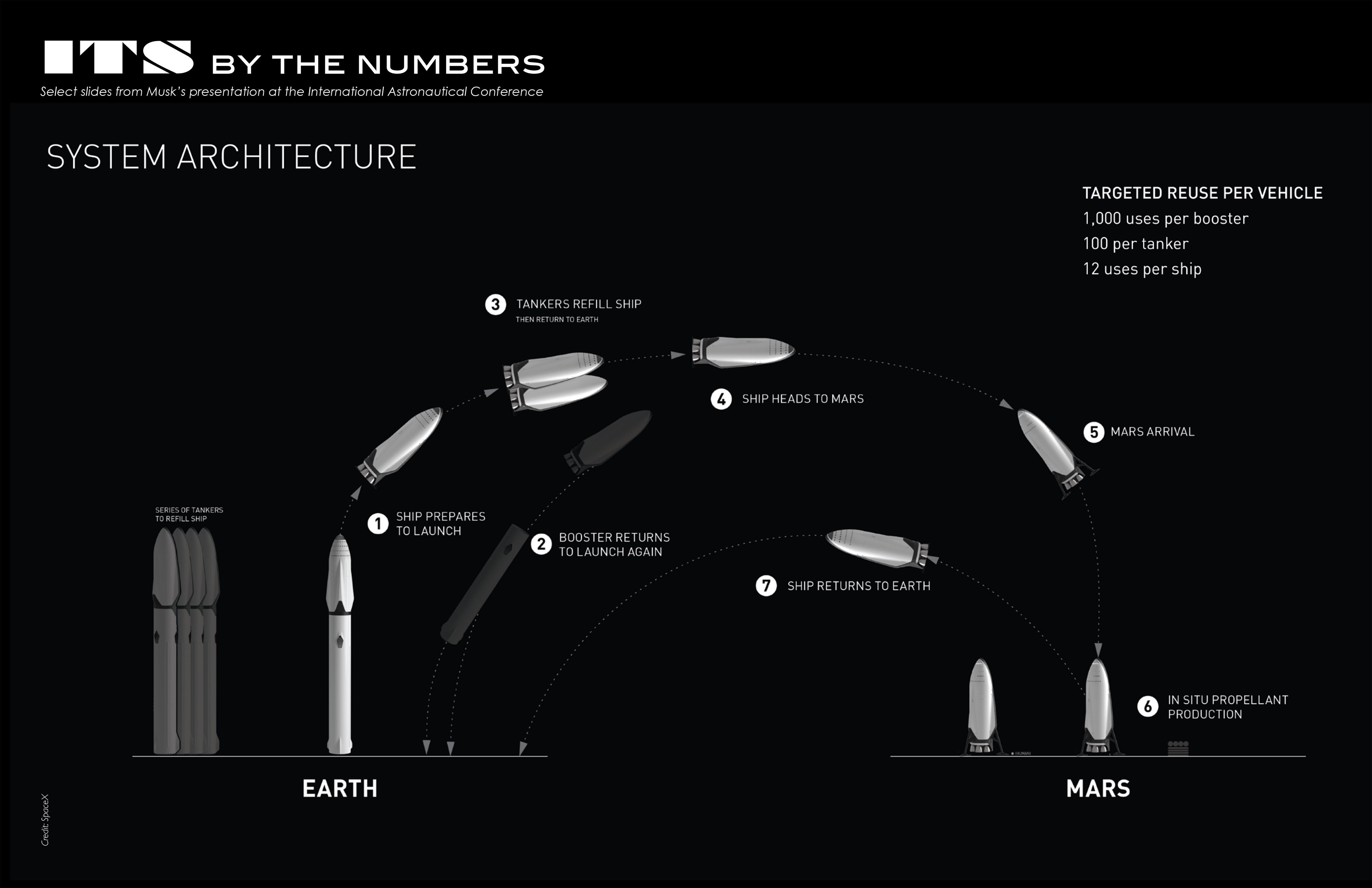
The Refueling Craft itself is almost externally identical to the Interplanetary Spacecraft, sharing the same superstructure which cuts down on development costs. At the base are six vacuum-optimized Raptor engines set around a set of three gimbled engines (each engine sits on controllable hydraulics to control the direction of the thrust). Before departing to Mars, the spacecraft will take on fuel from three to eight times, depending upon the mass of the payload.
Once the craft has begun its journey, two solar panels will be deployed and supply the craft with 200 kilowatts of electricity. It will coast away from Earth at 100,800 kilometers an hour towards Mars, before aerobraking in the Martian air as it prepares for landing. The craft is designed as a “lifting-body”, echoing that of the now retired Space Shuttle, providing the lifting force during atmospheric entry to slow down the craft to a desirable speed. Once it reaches that point the craft is able to rotate and fire up the three descent engines and land vertically on the Martian surface.
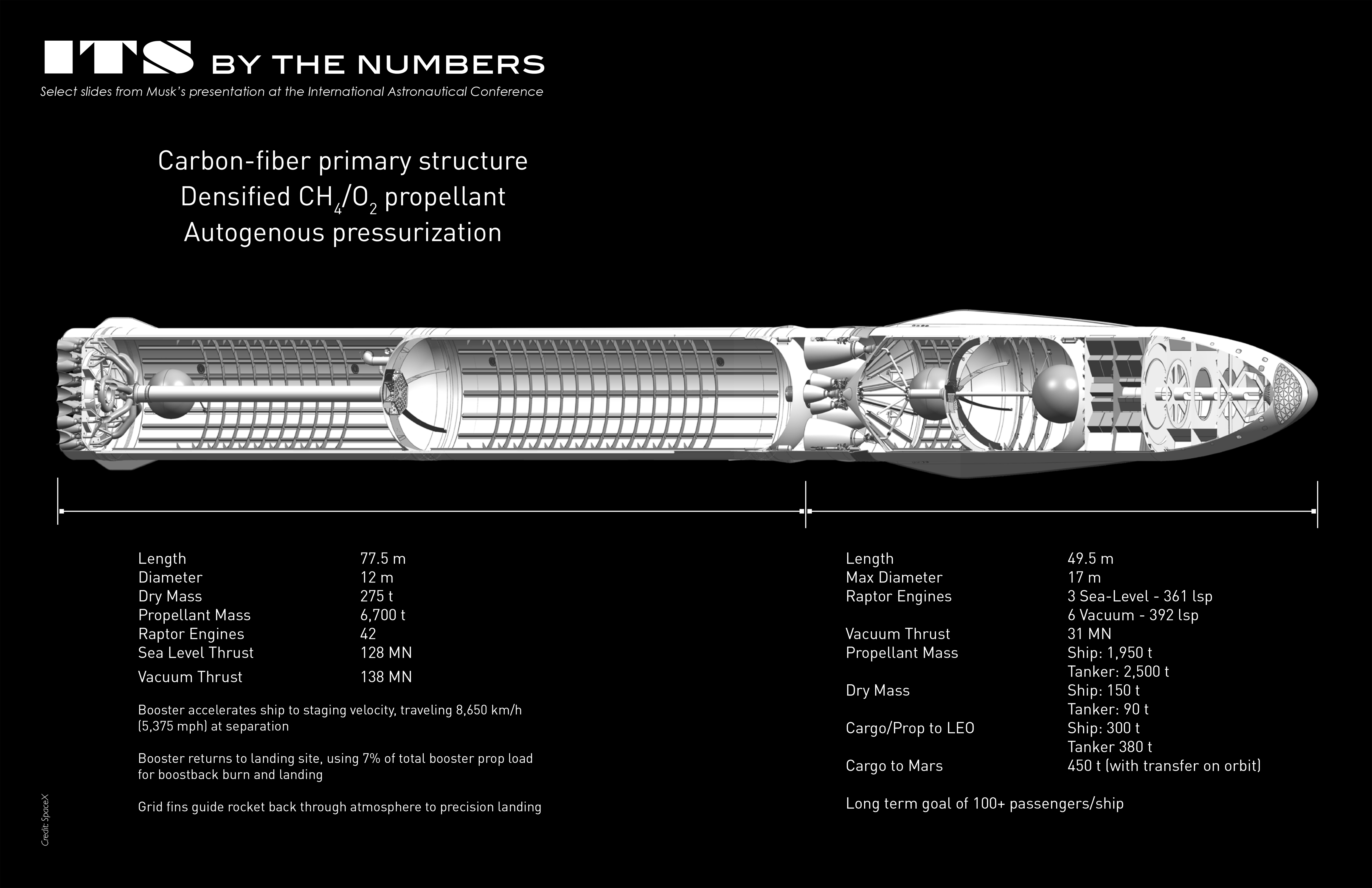
Luckily it’s not a one-way trip. On the surface, the ship will be able to refuel using Mars’ atmosphere and ice deposits. It only needs carbon dioxide (CO2) and water (H2O) which are then processed to produce methane (CH4) and oxygen (O2) for refueling. Since Mars has only 37.6% of the Earth’s gravity, less fuel is needed for the return trip, eliminating the need for a booster. SpaceX hopes that the prospect of being able to return to Earth will encourage more colonists.
It has long been known that SpaceX’s goal is to colonize Mars. Talk to one of their engineers and you’ll understand the enthusiasm that they put into their work, even if they’re not working on that particular project. They plan on bringing down the cost of a trip to Mars to the median cost of an American house, thereby hoping to encourage citizens to risk the trip out to the Red Planet. Each craft will deliver anywhere between 100 and 200 Martian colonists, with the final plan being to establish a self-sustaining colony by the end of the century.
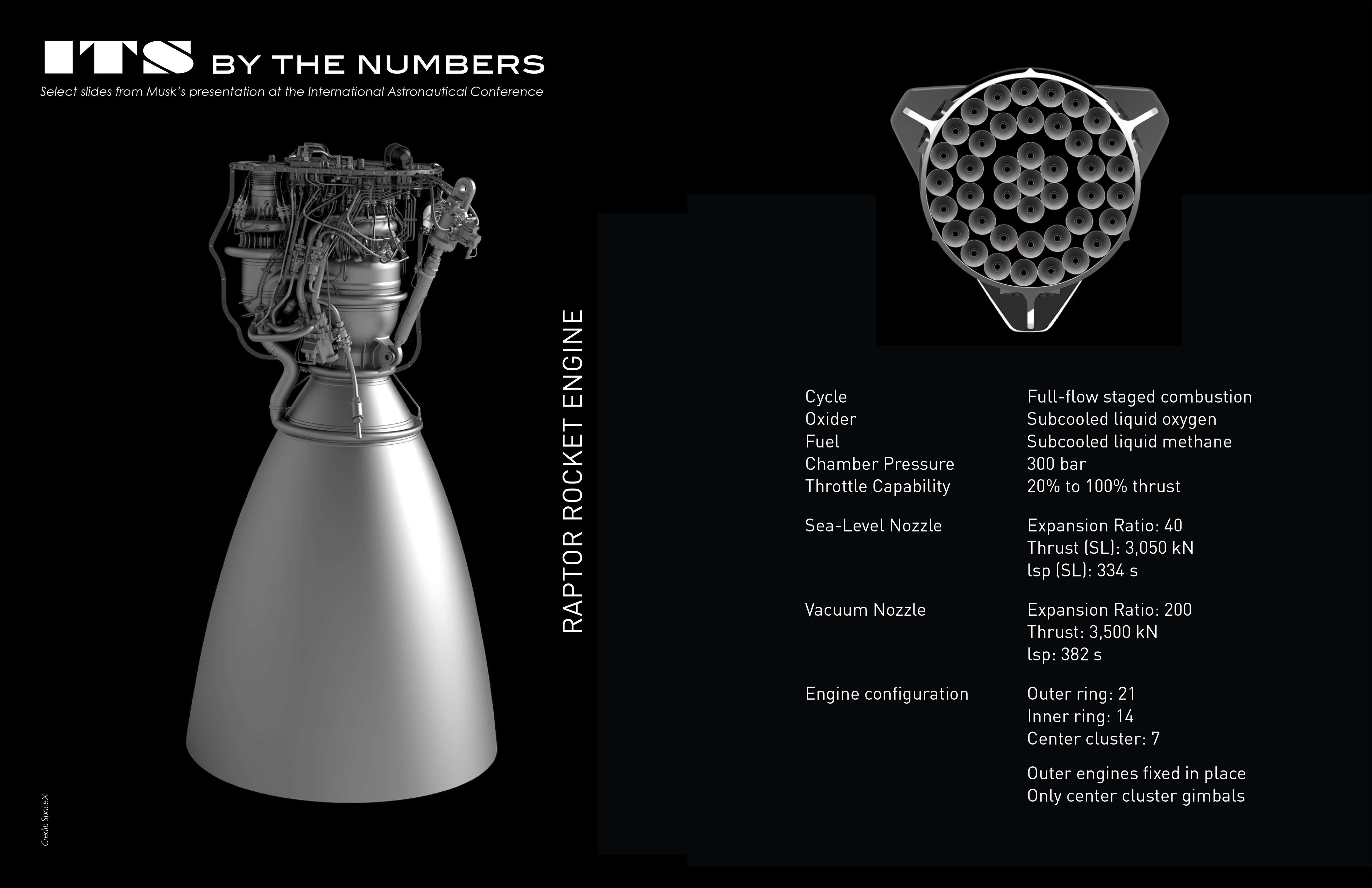
As Musk noted near the end of the presentation last year, this is more than just a Mars colonization craft. It is the window into the rest of the solar system. Because of the propulsive landing capabilities and ability to refuel, one could theoretically visit any body in the solar system. If there were refueling stations in the asteroid belt, possibly utilizing the large ice deposits of the dwarf-planet Ceres, then the Interplanetary Spacecraft could ‘hop’ to the outer solar system.
With the hard work of the engineers and technicians at SpaceX, humanity is one step closer to putting people on Mars. As noted, however, the system can do so much more. It could take us to our Moon. We could travel to Ceres and Vestas in the asteroid belt. We even explore the moons of Jupiter and Saturn, heading into the ice crevasses of Europa or experimenting in the thick atmosphere of Titan. SpaceX’s Interplanetary Transportation System opens up a gateway of possibilities, both on Mars and the rest of the solar system. This first step shows that SpaceX is serious about making humans a multiplanetary species.
